Land is the starting point from where everything in our world began. We don’t own the land, the land owns us.
Land is the starting point from where everything in our world began. We don’t own the land, the land owns us. We see our bodies as the land and our veins are the rivers that flow through us, nourishing us and sustaining life. We are spiritually connected to the land, like an artery and its tributaries – like the life-giving water that flows through the Ovens River and its tributaries, from the mountains, down across the plains and into the mighty Murray River. - Uncle Sandy Atkinson
Our waterways are important; they nourish the plants and animals that feed us, heal us and allow us to build our communities. Bangerang people are river people, Bangerang Country has numerous rivers & creeks that flow throughout and provide plentiful resources.
We know the Murray River as Dunggula. Along the banks of Dunggula grow many great River Red Gums. We take bark from these trees and make strong canoes which we use to travel up and down Dunggula and the creeks and streams which branch from it.

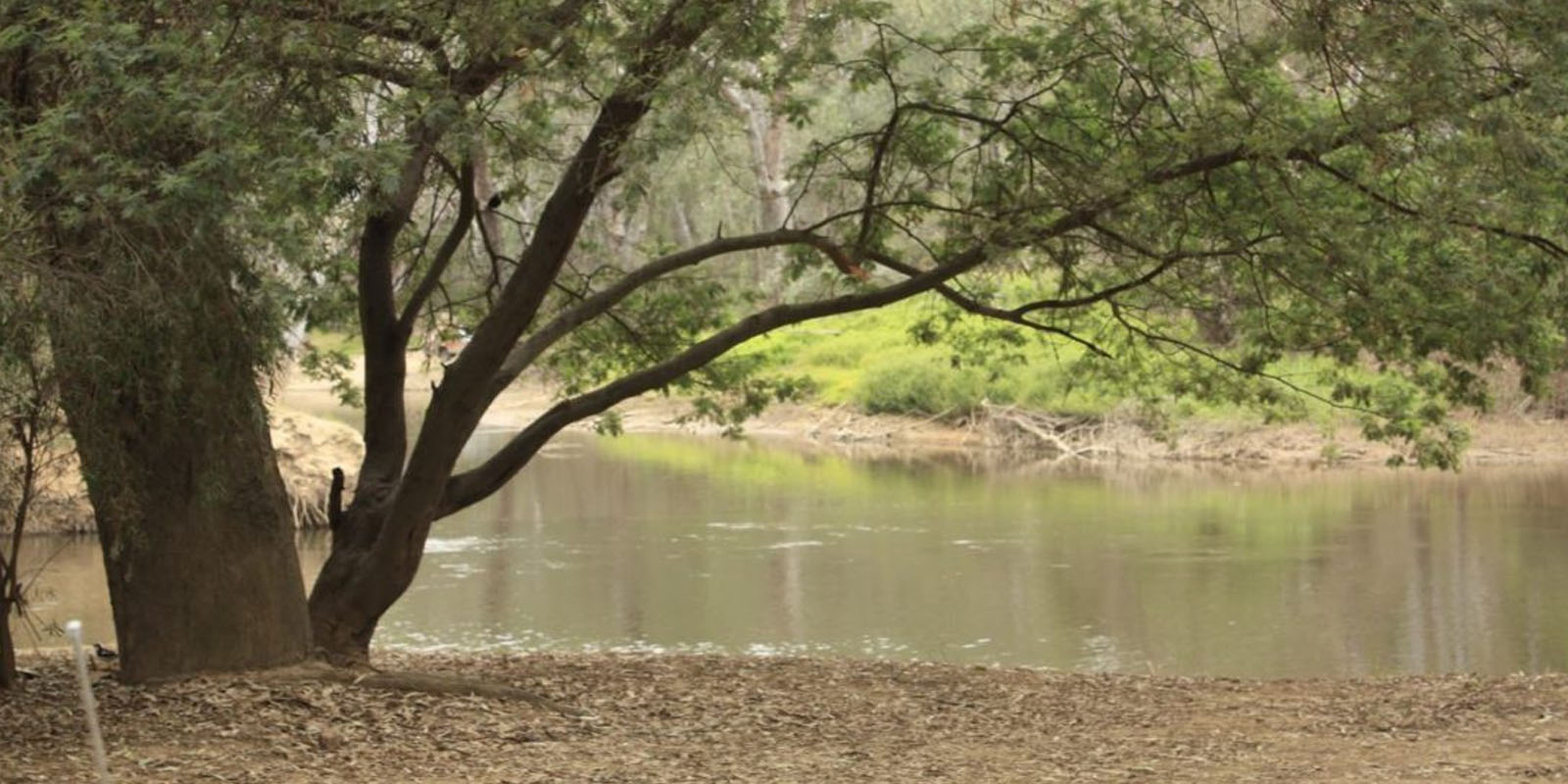
Ovens River, Wangaratta. Image source: Visit Wangaratta.
We enjoy great variety in the food that we eat. Another way we would catch fish is by creating a bough yard using saplings, the fish were then herded into the trap which would make it easy to spear the fish.
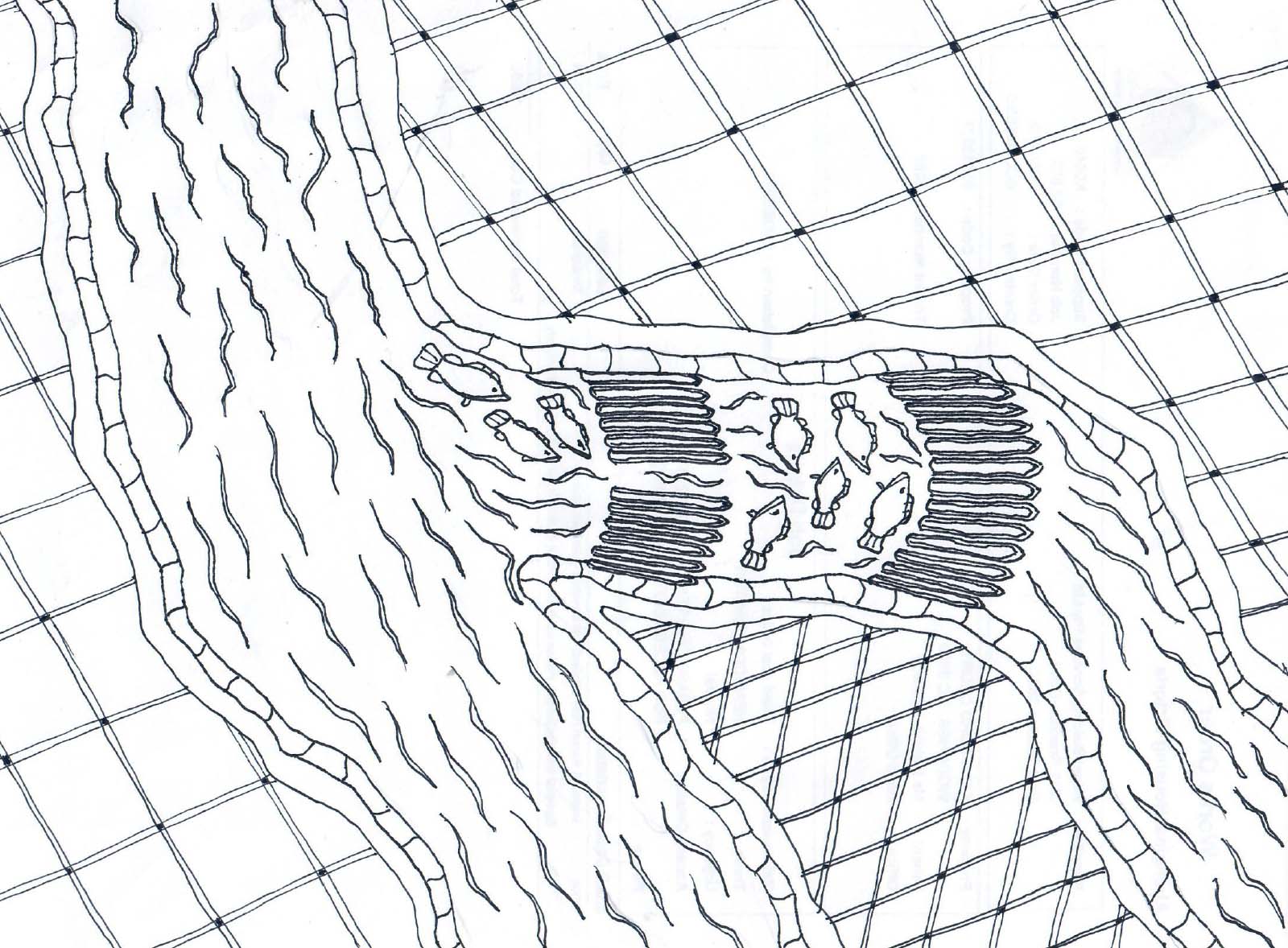
Bangerang Fishtrap. Artwork by Uncle Kevin Atkinson.
Another way we catch our food is through the use of fire. We intentionally light fires to regenerate the country but it also allows us to attract animals for hunting, such as wallabies, kangaroos and emus.
Whenever we take any plants or animals to use and eat, we are always respectful to only take what we need so future generations of our people can also live and enjoy all that is on our country.
Our country is diverse with many different features & forms. One important area is called Moiradu Lakes. In the video below Uncle Kevin explains about the Moiradu Lakes and its Cultural importance and some of the activities our people would do while at Moiradu Lakes. Other activities including cooking.
Content created by the Bangerang Community in collaboration with the SharingStories Foundation as part of the Dunggula Project.

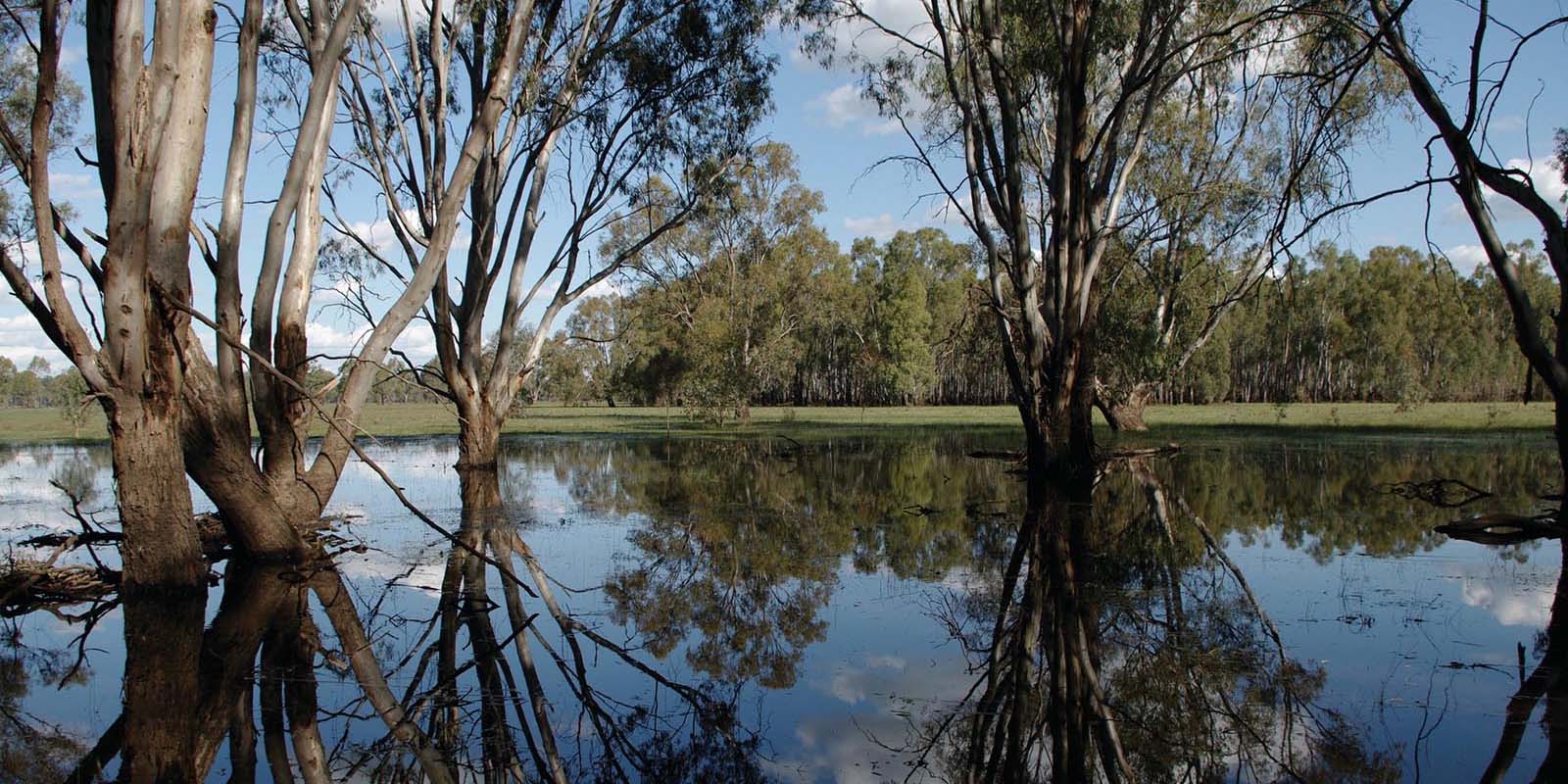
Moira Lakes , Barmah, Victoria. Image source: Visit Melbourne
Walk on Country
The Bullawah Cultural Trail is a 2.4 cultural journey along the Ovens River where the traveller will be able to experience and share in our stories, knowledge and the skills of our people.
Experience the Bullawah Cultural Trail for yourself. The map below shows where it is and how you can get to it.

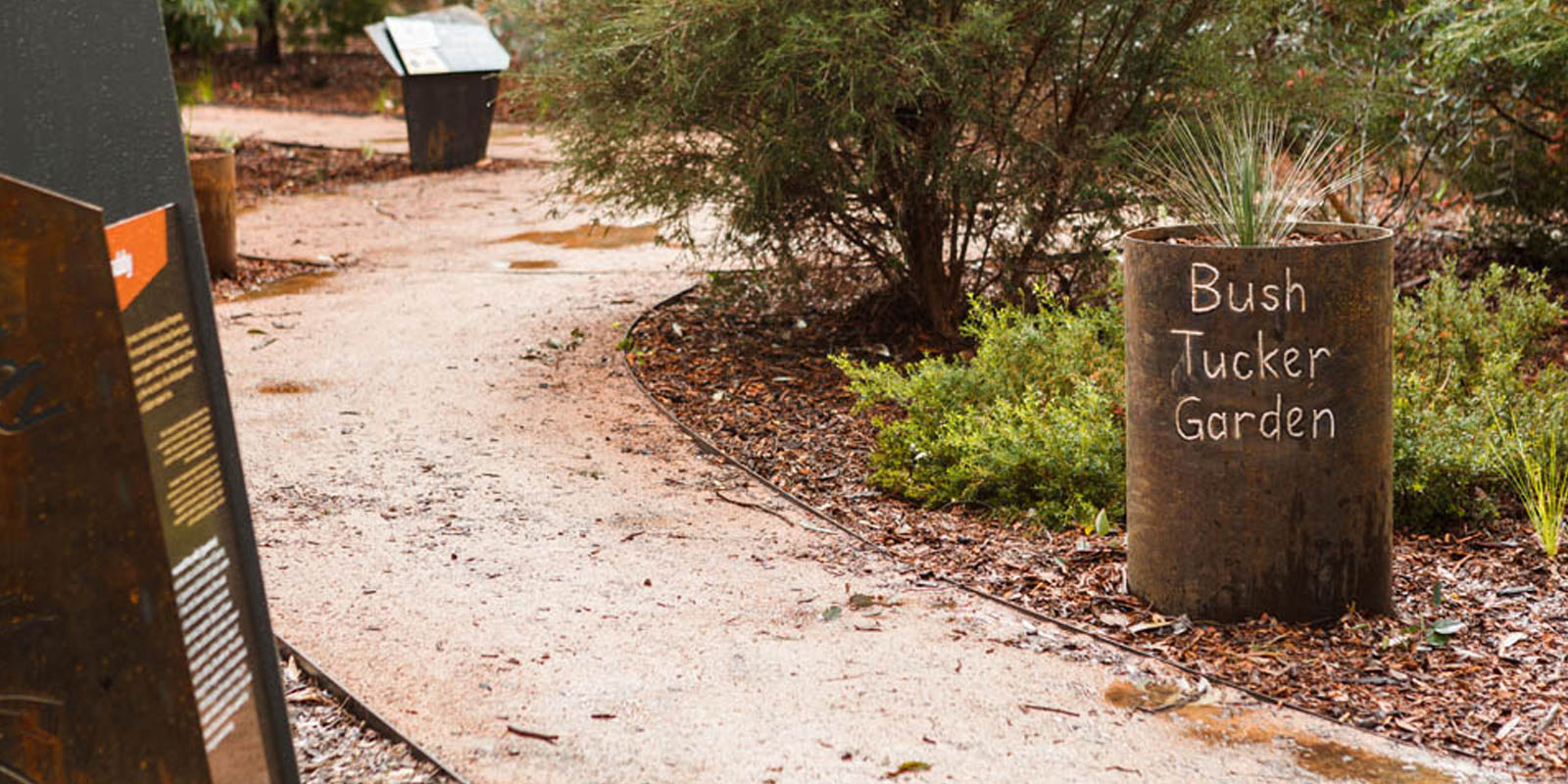
The Bush Tucker Garden showcases some of the important plant species used by Bangerang people. Image source: Visit Wangaratta.
Bush Tucker Garden
Bangerang people have a good understanding of all the different plants which grow on our country. This understanding allows us to identity which plants would be better suited for a given purpose.
There are three broad categories of plants to be considered; Fibre, Food & Medicine.
- Fibre - the plants that have a number of practical uses around community that help us in our day-to-day activities from making fishing nets, pouches/bags and everyday tools.
- Food - the plants which are safe to eat, taste great and fill our bodies with nutrients to keep us strong and healthy.
- Medicine - the plants which have healing properties so during times of illness, these will help us recover.
When walking the Bullawah Cultural Trail, you will come across 'The Bush Tucker Garden'. Here we show some of the plant species that are important to our people.
These include:
Dianella revoluta (Fibre)
Leaves are split down the centre and rolled into string; used for weaving.
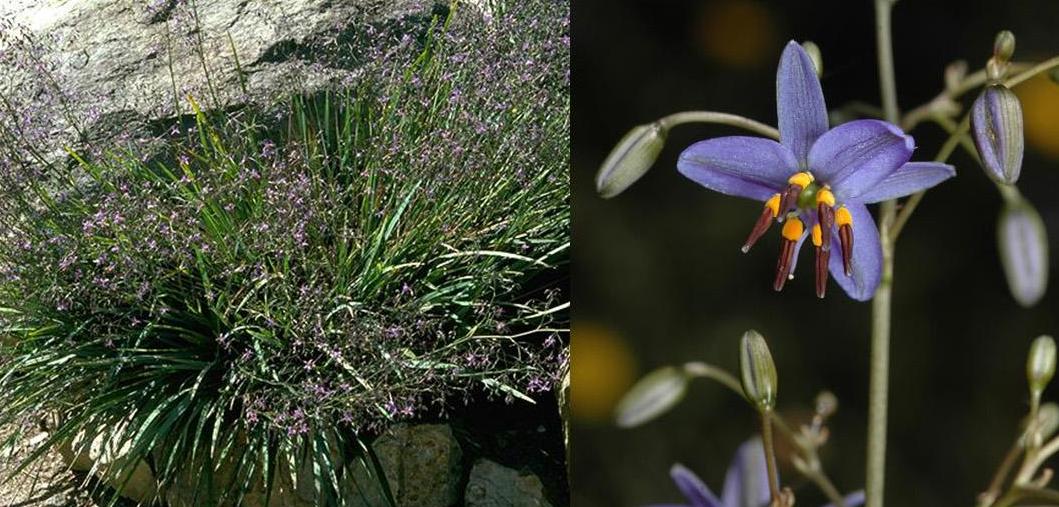
Image source: Australian National Herbarium, Dianella revoluta.
Kennedia prostrata (Fibre & Food)
Nectar sucked from red pea flower. The trailing stems are used to make ties.
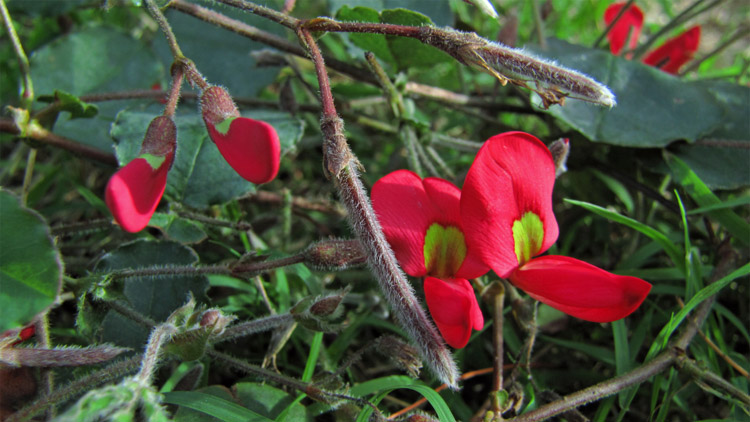
Lomandra Longifolia (Fibre & Food)
The leaves of the Spiny headed Mat-rush are skilfully woven into bags, baskets and mats. The base of the stems were chewed and sucked for their tasty juices.
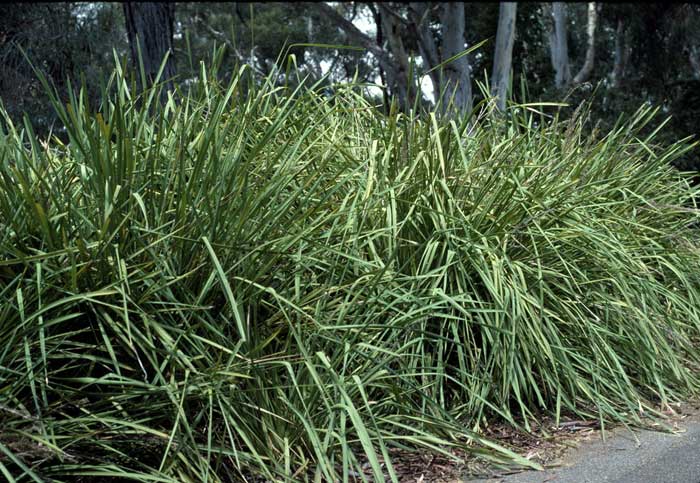
Image source: Australian National Herbarium, Lomandra longifolia.
Themeda Triandra (Fibre & Food)
Leaves and stems used for string and fishing nets. Seeds can also be ground and baked.
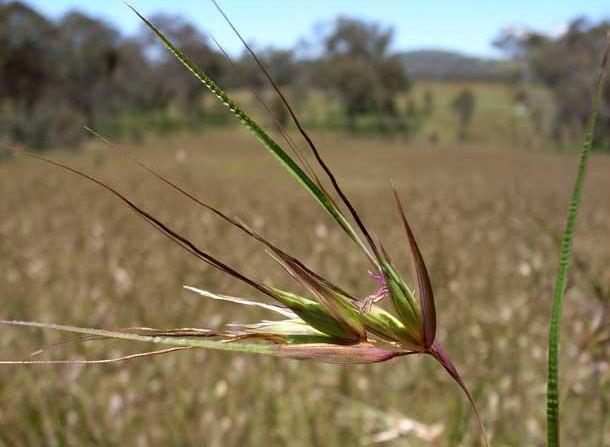
Image source: Australian National Botanic Gardens, Themeda triandra.
Arthropodium strictum (Food)
Also known as the 'Chocolate Lily' because the flowers smell like chocolate. This plant produces many underground tubers which can be roasted and then eaten.
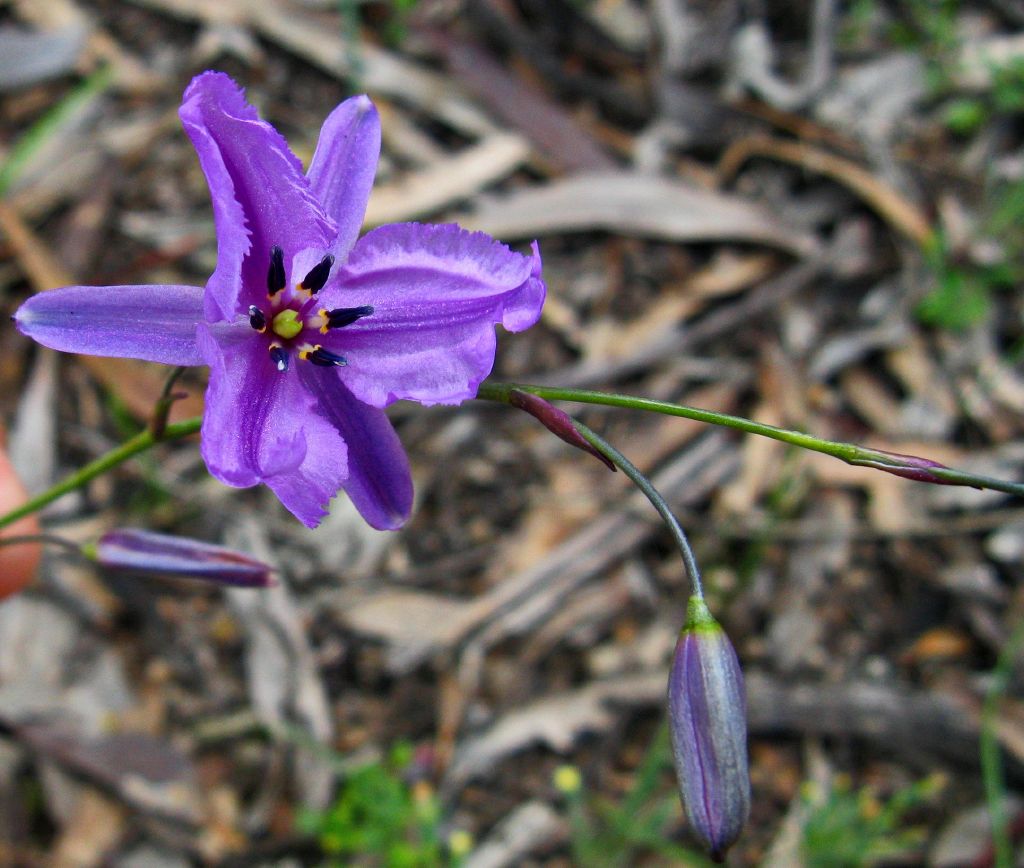
Image source: Royal Botanic Gardens of Victoria, Arthropodium strictum.
Bursaria spinosa (Food)
The nectar in the flower can be sucked out and consumed.
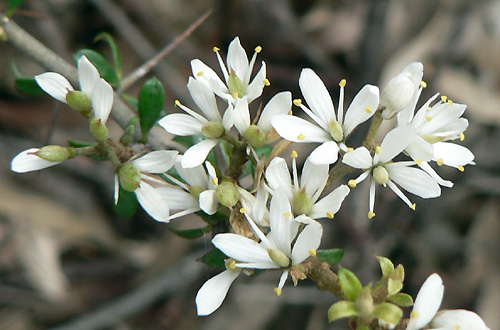
Image source: Friends of Lane Cove National Park Inc.
Carex apressa (Fibre)
The leaves are used for weaving.
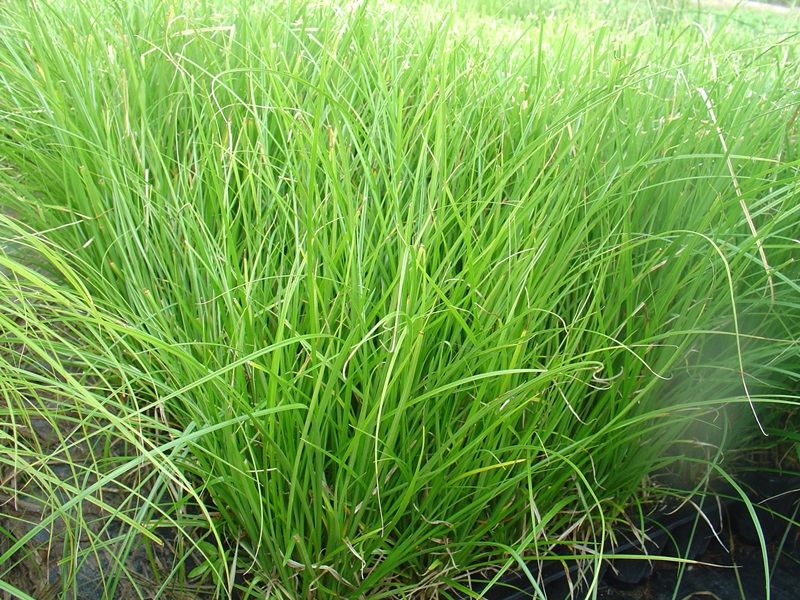
Image source: Kauri Park nurseries, Carex apressa.
Hardenbergia violacea (Fibre, Food & Medicine)
The root can be cooked and eaten. During the summer months, the fruit will ripen and can also be eaten. The long stems are used for string and to make baskets. The flowers can work as a mouth wash for ulcers and to treat chest infections.
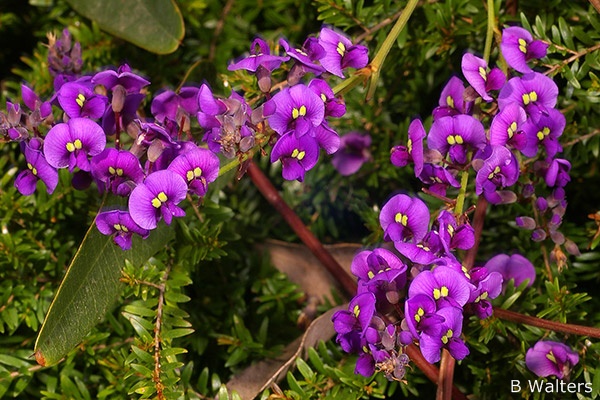
Image source: Australian Native Plants Society, Hardenbergia violacea.
Microseris scapigera (Food)
Better known as 'Murnong' or 'Yam Daisy'. Special digging sticks are used to harvest this underground tuber. It has a taste and texture similar to potato or carrot.
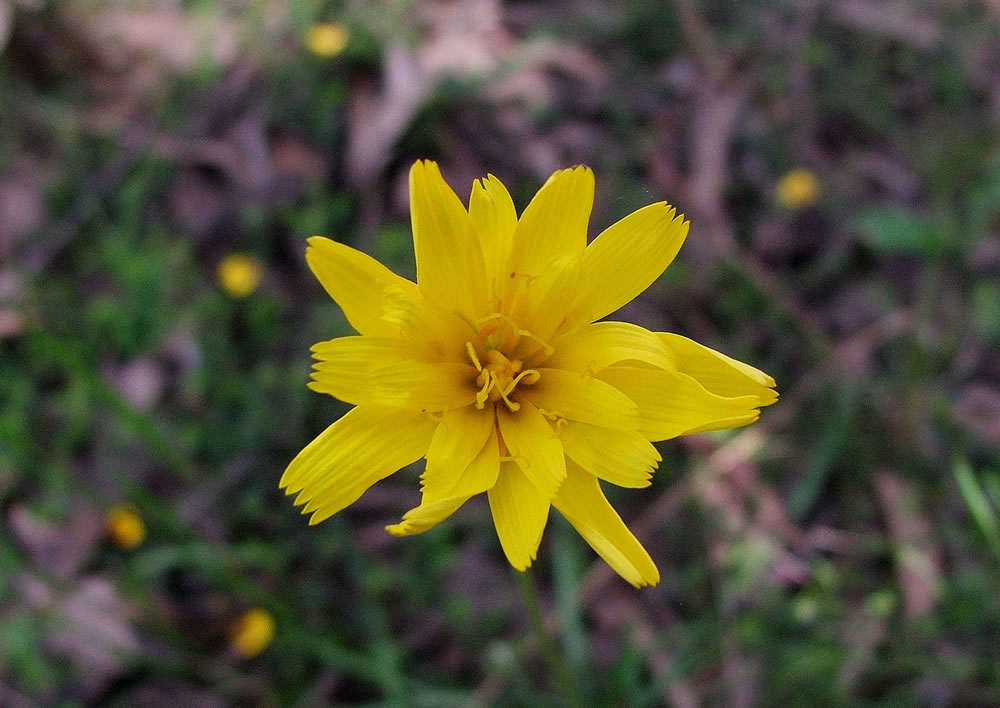
Image source: Victorian Native Seed, Microseris scapigera.
Centipeda cunninghammi (Medicine)
Known also as 'Old Man Weed' is used for colds and skin infections. The leaves are rubbed onto the chest, or was made into a soft moist mass and placed on wounds to help healing.
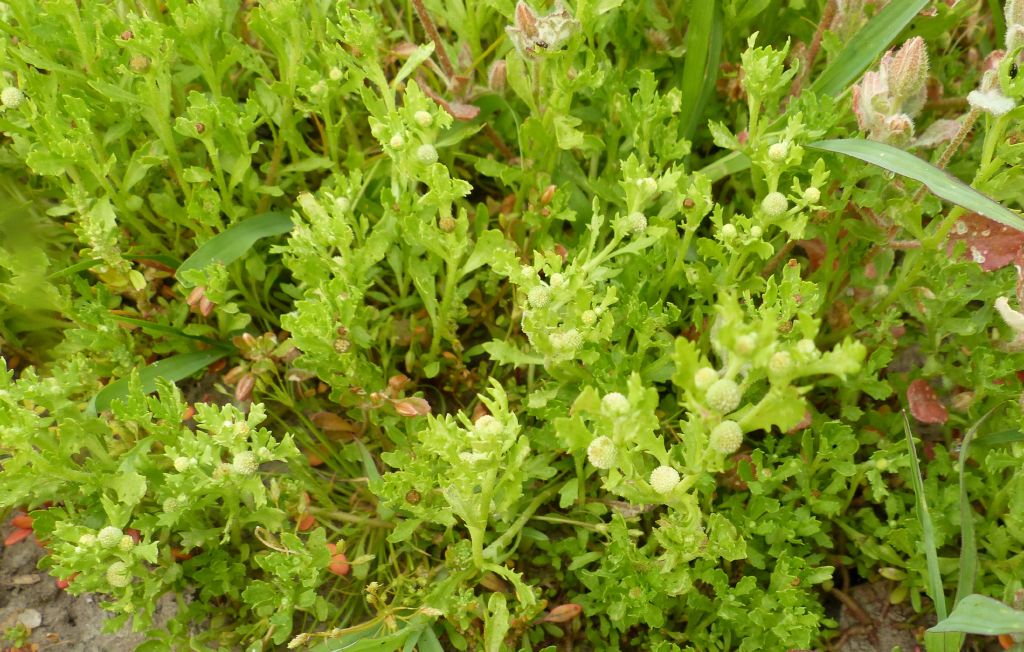
Image source: Royal Botanic Gardens Victoria, Centipeda cunninghammi.
Geranium solanderi (Medicine)
Carrot like tap root used to treat diarrhoea. Leaves used for burns and blisters.
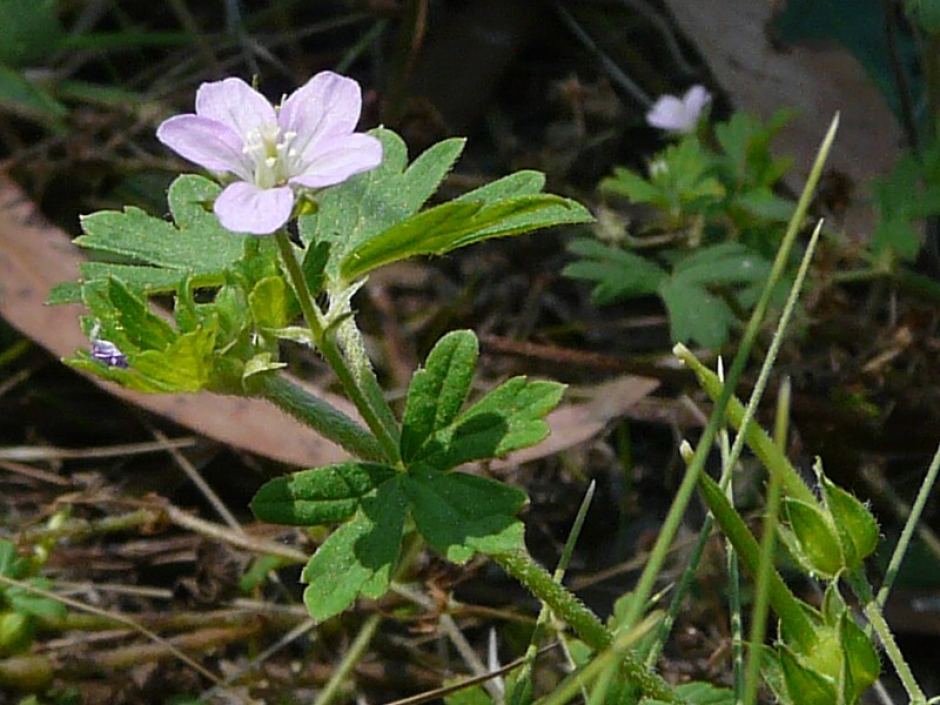
Image source: ABC News, Geranium solanderi.
Mentha australis (Medicine & Food)
Commonly known as 'River Mint'. Can be made into a tea to treat colds. Used as an ointment for chest infections and is also used as a flavouring for food.
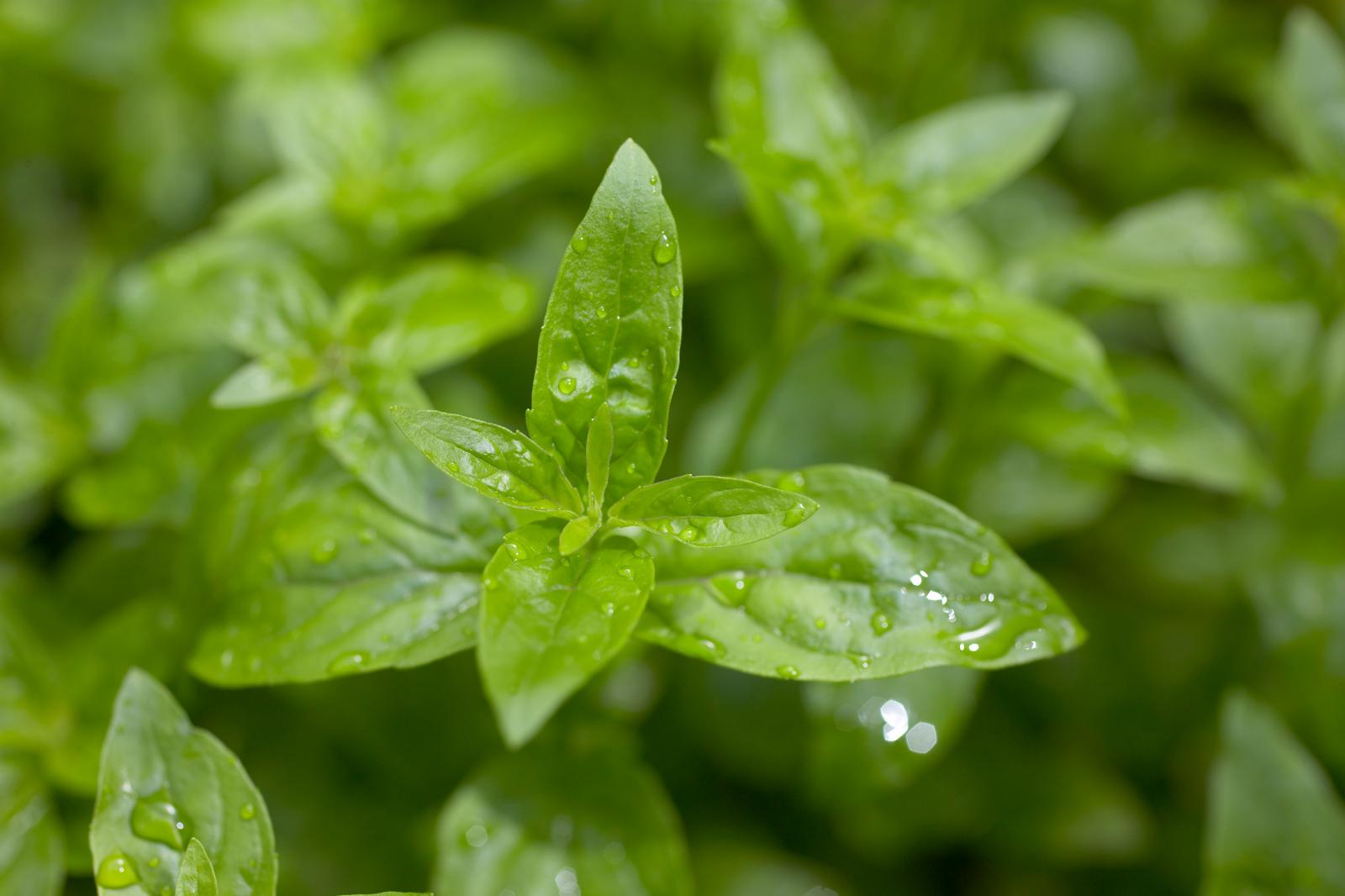
Image source: Museums Victoria, The Plants of Milarri Garden.
Sources & Further Reading
- Bullawah Cultural Trail, Visit Wangaratta.
- First People's Culture within the Murray Region of New South Wales, Peek Designs.
- Bullawah Cultural Trail, Bush Tucker Garden visitor pamphlet.
